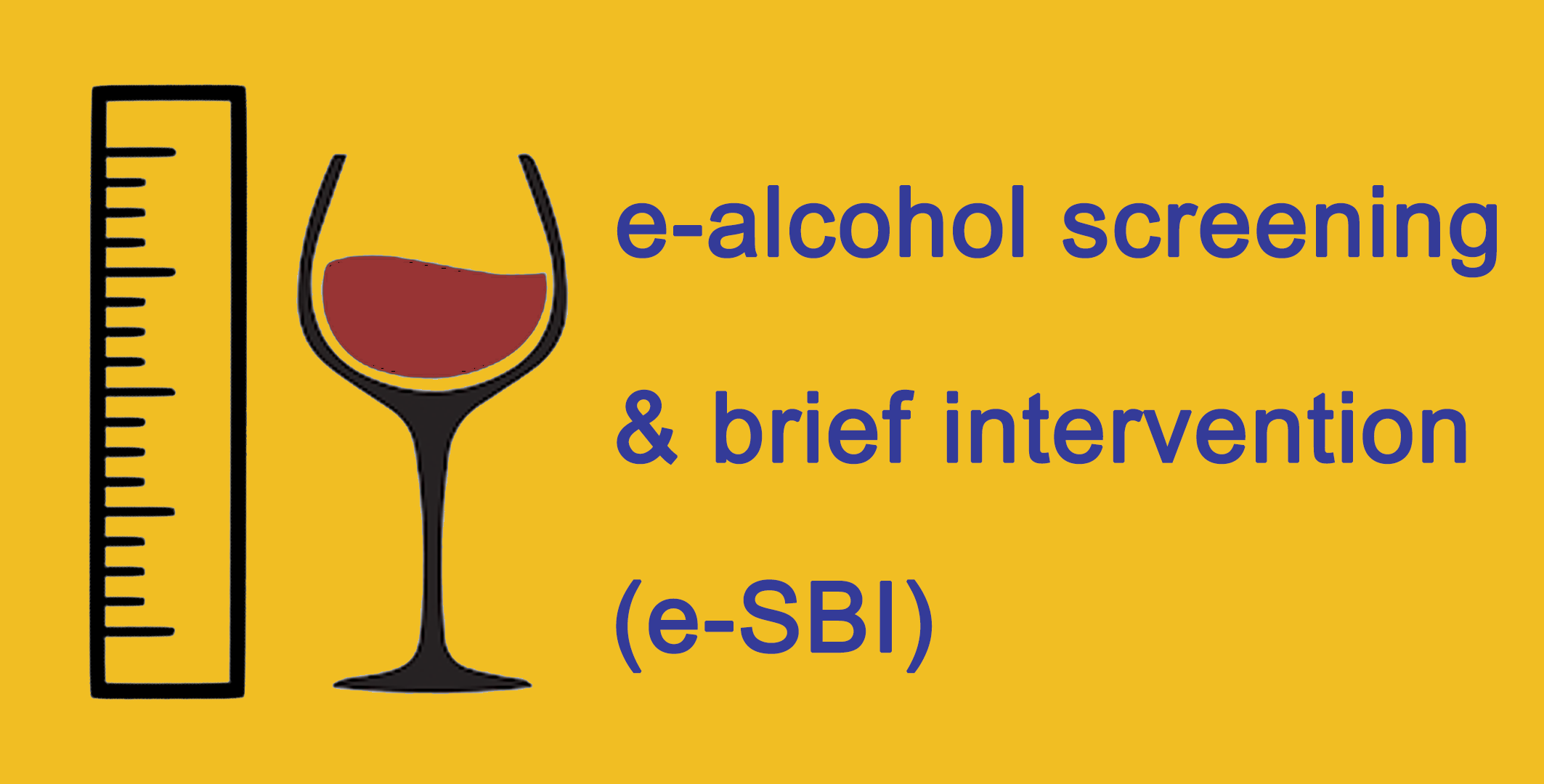7. Dietary Fibre
 Dietary fibre is present in plant-based foods, e.g. fruit, vegetables (including root vegetables and tubers), pulses, as well as in cereals (grains). Unlike carbohydrates, proteins or fats, dietary fibre (which is mainly non-starch polysaccharides) cannot be digested and absorbed by our body. Depending on its solubility in water, dietary fibre can broadly be classified into two categories: soluble and insoluble. Soluble fibre may help to lower blood cholesterol level and stabilise blood sugar level, while insoluble fibre is important for proper bowel movement and preventing constipation. Food rich in dietary fibre can also help weight management because they are more filling. Moreover, since they require more chewing, a person is unable to eat a lot within a short period of time.
Dietary fibre is present in plant-based foods, e.g. fruit, vegetables (including root vegetables and tubers), pulses, as well as in cereals (grains). Unlike carbohydrates, proteins or fats, dietary fibre (which is mainly non-starch polysaccharides) cannot be digested and absorbed by our body. Depending on its solubility in water, dietary fibre can broadly be classified into two categories: soluble and insoluble. Soluble fibre may help to lower blood cholesterol level and stabilise blood sugar level, while insoluble fibre is important for proper bowel movement and preventing constipation. Food rich in dietary fibre can also help weight management because they are more filling. Moreover, since they require more chewing, a person is unable to eat a lot within a short period of time.
Sources
The sources of soluble dietary fibre include beans, legumes, oats and some fruit such as apples and pears, whereas whole grains and some vegetables are particularly high in insoluble dietary fibre.
For the dietary fibre content of more common food items, please refer to the "Healthy High-Fibre Diet" pamphletThis link will open in a new window.
Requirement
For children, the daily requirement of dietary fibre (in grams) is equivalent to their age plus 5.1 For example, a child at the age of 8 needs 8 + 5 = 13 grams of dietary fibre every day.
For adolescents and adults, they need 25 grams or above of dietary fibre every day.2
Health AlertSudden increase in fibre intake can cause increased gas in stomach and bowel, abdominal bloating and cramping. To minimize such discomfort, add fibre to diet gradually to allow our body to adapt. Be sure to have adequate fluid intake (6-8 cups of fluid) each day. For those with certain chronic diseases (such as intestinal or bowel disorders), they should consult their doctor or dietitian as they may not be suitable to eat large amounts of fibre. |
Practical Tips for Increasing Dietary Fibre Intake
Plant-based foods in general contain different amount of soluble and insoluble dietary fibre (as well as various vitamins and minerals). To enjoy the greatest health benefit, the best way is to eat a wide variety of plant-based foods, especially in natural or minimally processed form. We should eat at least 2 servings of fruits and 3 servings of vegetables as part of a balanced diet every day (2 plus 3 a dayThis link will open in a new window). Here are some tips for including more high-fibre foods in main meals and snacks:

- Choose oatmeal porridge or wholemeal (whole grains) bread for breakfast;
- Mix red or brown rice with white rice;
- Add vegetables or beans into rice, noodles or pasta;
- Use vegetables or beans to make soups and eat the residue;
- Include fruit and/or vegetables (e.g. lettuce, sliced cucumbers, tomato, banana or avocado, etc) in sandwiches;
- Eat whole fruit or vegetables instead of drinking fruit juices or vegetable juices;
- Include fruit in dessert selections, e.g. chopped fruit topped with fat-free yogurt or low-fat ice cream;
- Snack on fruit, raw vegetables (such as cherry tomatoes, cucumber, baby carrots, celery sticks, sweet potatoes, corn, etc.), unsalted nuts or wheat crackers instead of chips, chocolate bars, cakes and sweets;
- When shopping, check the nutrition labelsThis link will open in a new window of pre-packaged foods, and choose those foods with nutrition content claims that say 'high' content of dietary fibre (i.e. solid food containing not less than 6 g of dietary fibre per 100 g of food; or liquid food containing not less than 3 g of dietary fibre per 100 ml of food).
References
- Williams CL, Bollella M, Wynder EL. A new recommendation for dietary fiber in childhood. Pediatrics 1995; 96: 985-8.
- Diet, Nutrition and the Prevention of Chronic Diseases: Report of a Joint WHO/FAO Expert Consultation. WHO Technical Report Series No. 916. Geneva: World Health Organization; 2003.This link will open in a new window






































